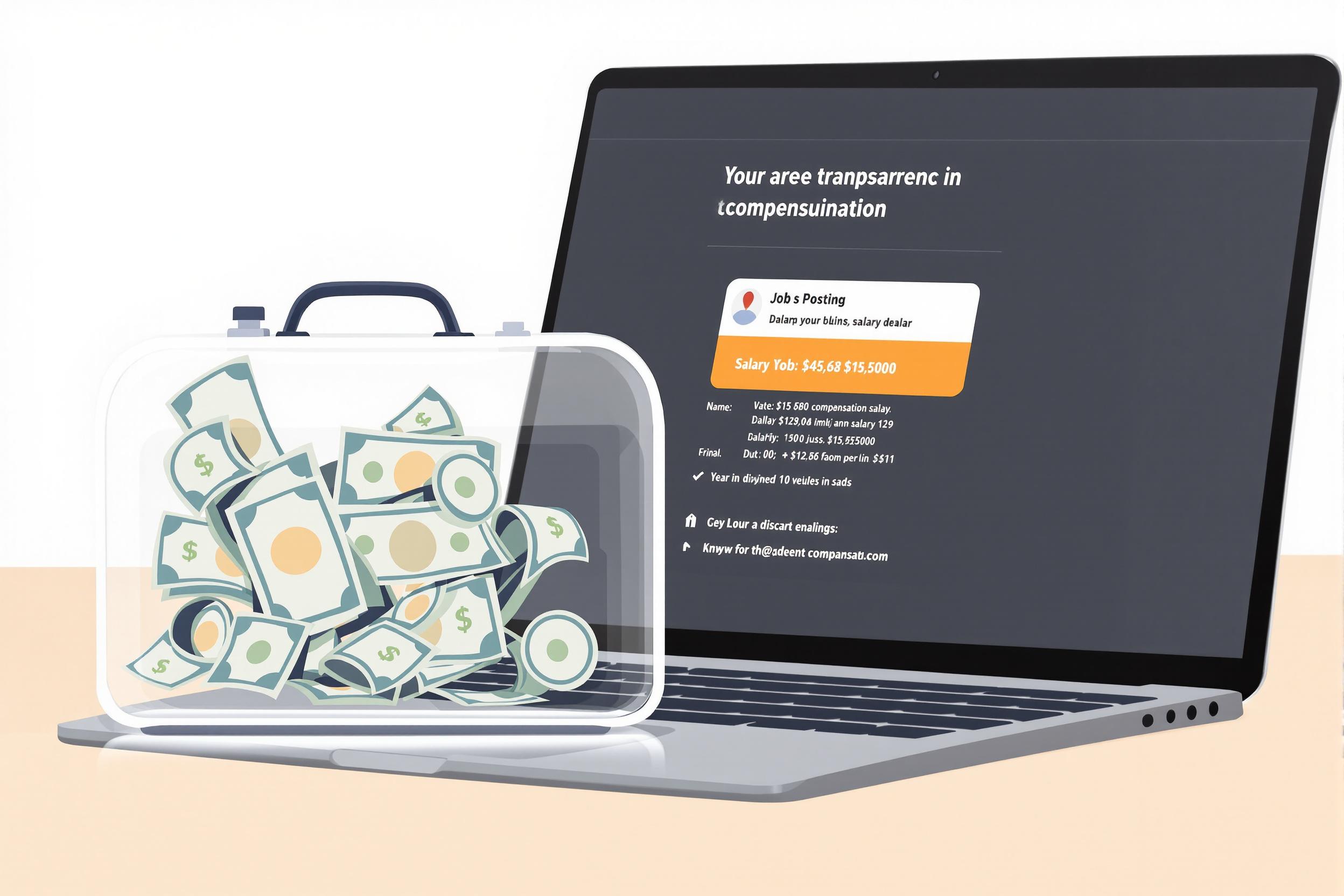
Spot Rate
A Spot Rate is the current market price to ship goods from one place to another, typically used when companies need one-time or immediate shipping services. Unlike long-term contract rates, spot rates change frequently based on factors like fuel costs, available space, and market demand. Think of it like booking a last-minute flight ticket versus buying months in advance - the price reflects current market conditions. This term is crucial in freight forwarding and logistics because it helps companies make cost-effective shipping decisions and negotiate better deals with carriers.
Examples in Resumes
Negotiated Spot Rate contracts resulting in 15% cost savings for clients
Managed international shipments using Spot Rate pricing to optimize shipping costs
Developed relationships with carriers to secure competitive Spot Rates during peak seasons
Typical job title: "Freight Rate Specialists"
Also try searching for:
Where to Find Freight Rate Specialists
Professional Networks
Industry Resources
Example Interview Questions
Senior Level Questions
Q: How do you develop strategies to optimize spot rate versus contract rate usage?
Expected Answer: A senior professional should explain how they analyze shipping patterns, seasonal trends, and market conditions to decide when to use spot rates versus contract rates. They should mention cost-benefit analysis and risk management strategies.
Q: How do you handle rate negotiations during peak seasons?
Expected Answer: Should demonstrate knowledge of market dynamics, carrier relationships, and negotiation techniques. Should explain how to secure competitive rates while maintaining service quality and reliability.
Mid Level Questions
Q: What factors influence spot rates in the market?
Expected Answer: Should be able to explain how fuel prices, capacity availability, seasonal demands, and market conditions affect spot rates. Should also mention how to track and anticipate these changes.
Q: How do you compare spot rates from different carriers?
Expected Answer: Should explain their process for evaluating different quotes, considering factors like transit time, reliability, and additional fees beyond the base rate.
Junior Level Questions
Q: What is the difference between spot rates and contract rates?
Expected Answer: Should explain that spot rates are one-time, current market prices while contract rates are long-term agreed prices, and basic scenarios when each is used.
Q: How do you request spot rates from carriers?
Expected Answer: Should be able to describe the basic process of requesting quotes, what information is needed, and how to use rate comparison tools or platforms.
Experience Level Indicators
Junior (0-2 years)
- Basic rate quote requests
- Using rate comparison tools
- Understanding shipping documentation
- Basic market analysis
Mid (2-5 years)
- Rate negotiation
- Market trend analysis
- Carrier relationship management
- Cost optimization strategies
Senior (5+ years)
- Strategic rate planning
- Advanced market analysis
- Team leadership
- Procurement strategy development
Red Flags to Watch For
- No understanding of basic shipping terms and documentation
- Inability to explain rate components (base rate, surcharges, fees)
- Lack of negotiation experience
- No knowledge of market trends and seasonal impacts
Related Terms
Need more hiring wisdom? Check these out...

Salary Transparency Laws: What HR Leaders Need to Know

Unlocking the Competitive Edge: Benchmarking Your Talent Acquisition Metrics

Speak Their Language: How Localized Job Descriptions Unlock Regional Talent

